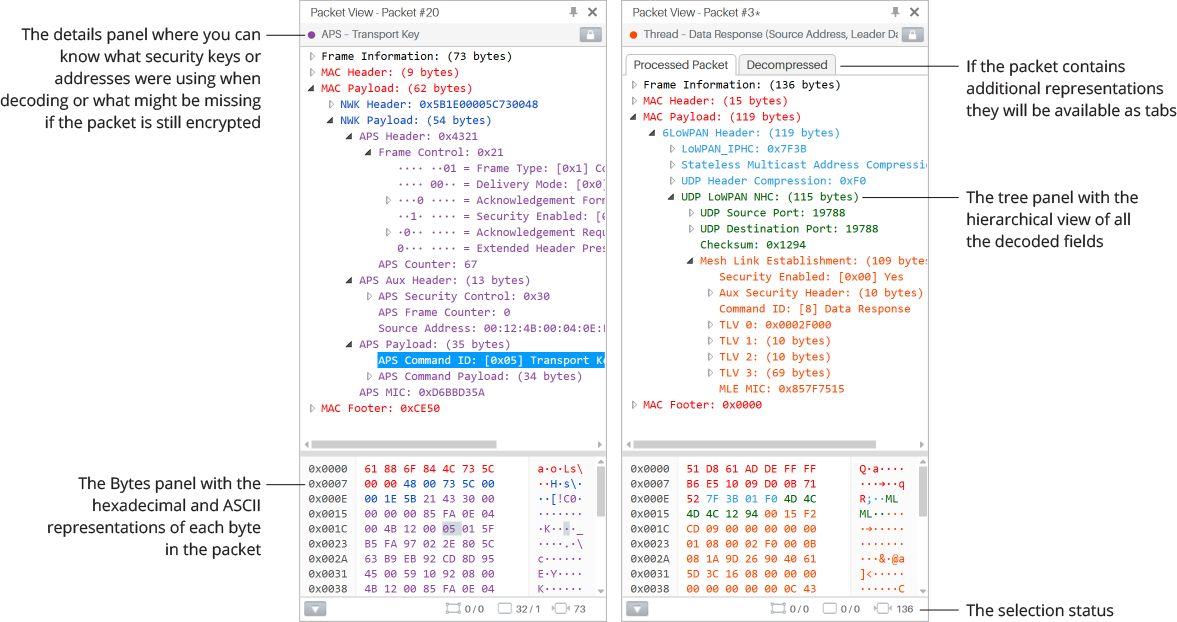

- Do they have a cd decrypter how to#
- Do they have a cd decrypter archive#
- Do they have a cd decrypter password#
Specify the path where you want to save the key.
Do they have a cd decrypter password#
(You must have a password to protect the private key.)
Click Enable Strong protection, and then click Next. Click Yes, export the private key to export the private key, and then click Next. Click Export to start the Certificate Export Wizard, and then click Next. This is the certificate that was generated when you encrypted your first folder. Select one certificate at a time until the Certificate Intended Purposes field shows Encrypting File System. NoteThere may be several certificates present, depending on whether you have installed certificates for other purpose. On the Content tab, in the Certificates section, click Certificates. On the Tools menu, click Internet Options. To back up your certificates, follow these steps: The recovery agent's certificate serves a different purpose than the user's certificate. Why you must back up your certificatesīecause there is no way to recover data that has been encrypted with a corrupted or missing certificate, it is critical that you back up the certificates and store them in a secure location. If the key pair is lost or damaged and you have not designated a recovery agent then there is no way to recover the data. The key pair is used to encode and decode the encrypted files. This key pair is made up of a private and a public key. A key pair is randomly generated when you encrypt your first file. Additional information How files are encryptedįiles are encrypted through the use of algorithms that essentially rearrange, scramble, and encode the data. If you want to decrypt all the contents of this folder, click Apply changes to this folder, subfolders, and files, and then click OK. However, this will not decrypt any files currently contained in the folder. You can choose to decrypt only the folder. If the folder has files in it, the Confirm Attribute Changes dialog box appears. Click OK to close the Propertiesdialog box. Click to clear the Encrypt contents to secure datacheck box to decrypt the data. Right-click the folder that you want to decrypt, and then click Properties. To decrypt a folder, use basically the same process but in reverse order: Scroll down to section on Backing Up Certificates. If you want to also encrypt all the contents of this folder, click Apply changes to this folder, subfolders, and files, and then click OK. You can choose to encrypt only the folder so that all files subsequently moved to the folder or created in this folder will be encrypted. If the folder you chose to encrypt in steps 1 to 3 already contains files, a Confirm Attribute Changes dialog box will appear. Click OK to close the Advanced Attributesdialog box. To encrypt the folder, click to select the Encrypt contents to secure datacheck box, and then click OK. A file or folder cannot be both encrypted and compressed at the same time. This means that you can only select one or the other. Note Although the NTFS file system supports both compression and encryption, it does not support both at the same time. Do they have a cd decrypter archive#
This dialog box also includes archive and indexing attributes. The Advanced Attributes dialog box displays attribute options for compression and encryption.In the Properties dialog box, click Advanced.Right-click the folder that you want to encrypt, and then click Properties.To encrypt a folder and its current contents, follow these steps: Right click on your C: and select Properties to check if NTFS is your File System type Encrypting a folderĪlthough you can encrypt files individually, we strongly recommend that you designate a specific folder for storing encrypted data. The drive must be formatted as NTFS to support EFS: The following steps encrypt and decrypt a file or folder using the Encrypting File System.
Do they have a cd decrypter how to#
How to encrypt and decrypt using the Encrypting File System





 0 kommentar(er)
0 kommentar(er)
